Polymer Compounding
AIM ENGINEERING Solutions for Compounding Plants
Polymer compounding is the process of combining polymers with various additives, fillers, and reinforcements to enhance and modify their physical and chemical properties.
By integrating multiple desired features into a single material, this process helps to improve product quality, reduce production costs, and increase efficiency.
Purpose and Importance
Polymer compounding plays a crucial role in the plastics industry, allowing manufacturers to optimize material characteristics such as strength, flexibility, durability, resistance, and thermal stability.
Through controlled melting, blending, and extrusion processes, a uniform dispersion of components is achieved—ensuring consistent performance and reliability.
Common Additives and Functions
Typical additives used in compounding include:
Plasticizers – increase flexibility and reduce brittleness
Stabilizers – improve resistance to heat, UV radiation, and oxidation
Flame retardants – reduce flammability and enhance fire resistance
Colorants – improve appearance and aesthetics
Fillers – reduce cost and improve dimensional stability
Reinforcements – enhance mechanical strength
Antimicrobial agents – used in medical and food-contact applications
Driven by the growing demand for lightweight, durable, and sustainable materials, polymer compounding continues to evolve as a key innovation area within the plastics industry. Compounding trials are essential for developing new, high-performance and low-emission materials tailored to specific applications.
Key Benefits of Polymer Compounding
Improved Mechanical Properties: Enhances impact resistance, rigidity, and flexibility—ideal for applications ranging from industrial packaging to automotive parts.
Regulating Thermal Characteristics: Adjusts the thermal conductivity of plastics for use in electronics and temperature-sensitive components.
Weather Resistance: UV stabilizers extend product lifespan in outdoor environments such as building materials and garden equipment.
Aesthetic Versatility: Enables a wide range of colors and surface finishes, critical for consumer and design-focused industries.
Cost Efficiency: Optimized material properties reduce wear, extend product life, and minimize replacement costs.
Applications Across Industries
Polymer compounding is widely used across major industries to meet specific technical and performance demands:
Automotive – Lightweight reinforced polymers replace metal components, improving fuel efficiency and safety. Applications include bumpers, panels, seals, and interior trims.
Aerospace & Defence – Carbon-fiber-reinforced polymers (CFRPs) provide strength, lightness, and fuel efficiency. Specialized compounds offer thermal, acoustic, and radar-absorbing properties.
Healthcare – Biocompatible, sterile, and durable polymers are used in medical instruments, prosthetics, tubing, and pharmaceutical packaging.
Electronics & Electrical – Compounds improve insulation, conductivity, and protection for wires, sensors, circuit boards, and encapsulated components.
Construction – Durable and corrosion-resistant compounds (PVC, PE, and reinforced panels) are used in pipes, fittings, insulation, and decorative finishes.
Consumer Goods & Packaging – Impact-resistant and non-toxic polymers enhance safety, durability, and aesthetics in everyday products, from sports equipment to baby products and food packaging.
AIM ENGINEERING Solutions for Compounding Plants
For plastic manufacturers, maintaining consistent, high-quality customized grades is essential.
At AIM ENGINEERING, we provide complete engineering solutions for polymer compounding — from designing and manufacturing process equipment to building turnkey, greenfield compounding plants.
Our compounding systems are characterized by simple yet robust design, flexibility, reliability, and high-performance accuracy.
AIM ENGINEERING’s expertise covers a wide range of polymers, including: PE, PP, PVC, PA, PS, SAN, ABS, ASA, PC, PET, PPS, SMA, POM, PPO, PES, PTFE, PMMA, and more.
Being independent of OEM manufacturers, AIM ENGINEERING has the freedom to integrate any preferred extruder and pelletizer brand seamlessly into a single plant control system.
Your Global Partner in Polymer Compounding
With decades of experience and international know-how, AIM ENGINEERING is your trusted partner for developing the most effective polyolefin and plastic compounding solutions, particularly for chemical and food industry applications.
We invite you to contact us and explore how our expertise can support your next polymer compounding project.
